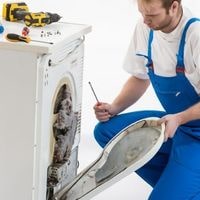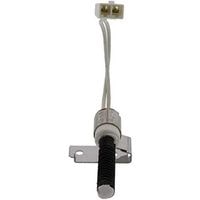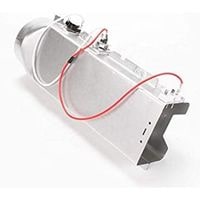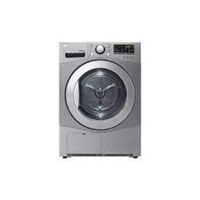LG dryer not heating. LG dryers vary from gas and electric to large-capacity models. Some are equipped with an energy-saving design, where the owner can choose from multiple heat settings.
That doesn’t mean that all LG dryers can be repaired with a DIY fix in the event of an issue, but some can. A few quick fixes for issues that lead to a not heating up dryer include cleaning the vent, checking mechanical parts, and replacing power cords and thermal fuses.
When combined, these fixes cover the most common issues in LG dryers. LG offers part replacements to repair other faults such as broken drum rollers or problems with the door switch mechanism, but they should still be considered a last resort because they may not resolve your particular problem.
LG dryer not heating 
Why my LG Dryer is not heating up. If the heating element in an electric LG dryer is functioning correctly, it should light up and create heat in the drum.
If you notice your LG dryer will not heat up, chances are good that this important component has stopped producing a current and must be replaced.
Multimeter testing can confirm whether or not the heating element is broken.
Thermal Fuse Fault
The thermal fuse protects your air dryer from overheating. On electric dryers, the fuse is located where the heating element meets the outside world; on gas-powered dryers, it is located where the burner.
A blown thermal fuse is usually an indication of a restricted exhaust vent from the dryer to the outside. Be sure to check your exhaust after you replace the thermal fuse.
Faulty Igniter
If the igniter is damaged, then the gas will never be able to ignite. This will prevent the dryer from heating up and drying your clothes.
To replace a damaged igniter, which looks like a small coil on the gas burner assembly, use a screwdriver to remove the screws that hold it in place.
Once these are removed, remove the defective igniter and replace it with a new one by simply sliding it into place over the screws securing it in place.
Gas valve solenoid problem
Typically, gas dryers have two or more gas valve solenoid coils. In order to allow gas to flow into the burner assembly, the gas valve solenoids open the gas valves.
In the event of a gas valve solenoid failure, your clothes will not dry. In order to find out if the solenoids for the gas valves have failed, check the igniter. You need to replace the gas valve coil if it glows and then goes out without lighting your burner.
Defective Heating Element
The heating element inside a dryer is responsible for warming the air before it enters the drum so that it can dry clothes.
When this heating element wears out, it may stop working properly, leaving you with a dryer that can no longer heat your clothes.
Checking if the heating element has malfunctioned is very simple to do at home all you need access to is a multimeter, which measures the flow of electricity in an appliance or device and tells you whether or not there’s a short or open circuit somewhere within its components.
If your heating element checks out okay after being checked with a multimeter, then replace it immediately because its worn parts will just end up arcing over time.
The Flame Sensor is not working
On a gas dryer, if the flame sensor isn’t working, the dryer won’t heat. Before checking the flame sensor, first, make sure that the igniter and thermal fuse are not at fault.
To determine if the flame sensor is defective, use a multimeter to test for continuity at room temperature. If there is no continuity at room temperature then it’s probably time to replace the flame sensor.
Timer is defective
If your dryer isn’t properly heating the clothes, you should check to see if the burner is defective. This is usually the problem, but it is not always so.
If all of the other components appear to work properly and you determine there is no problem with them, use a multimeter to test whether or not there are any problems with your burner. In some cases, replacing a new part may solve this issue.
An irregular main control board
It is possible that the main control board is defective. That rarely happens. Check all of the more commonly defective components prior to replacing the main control board.
Replace the main control board if you have determined that all other components are functioning properly.
Thermostat cycling issue
A thermostat that cycles heat on and off is called a cycling thermostat. A dryer will not properly heat if its cycling thermostat is defective.
However, this is rarely the case because other interior components are more commonly faulty than the cycling thermostat. Check for problems with these parts before replacing a cycling thermostat.
If you have found and corrected all of the other faults but still have a no-heat problem in your dryer, test your cycling thermostat by using a multimeter to see if it shows continuity. If the cycling thermostat does not show continuity, replace it.
Problems with high-limit thermostats
The high limit thermostat (HLT) monitors the dryer temperature and shuts it down if it overheats; however, this is rarely a cause for concern.
HLTs with malfunctioning major throttles shut off the dryer as a result of not being able to detect a temperature rise from the programmed temperature, possibly before it reaches that temperature.
If an HLT needs to be replaced, check all other components first. After you have determined that all of these components are functioning normally, you can test the HLT for continuity with a multimeter.
Replace it with one that matches your current specifications or needs if there is none (it should be closed).
LG dryer not heating
Related Guides
